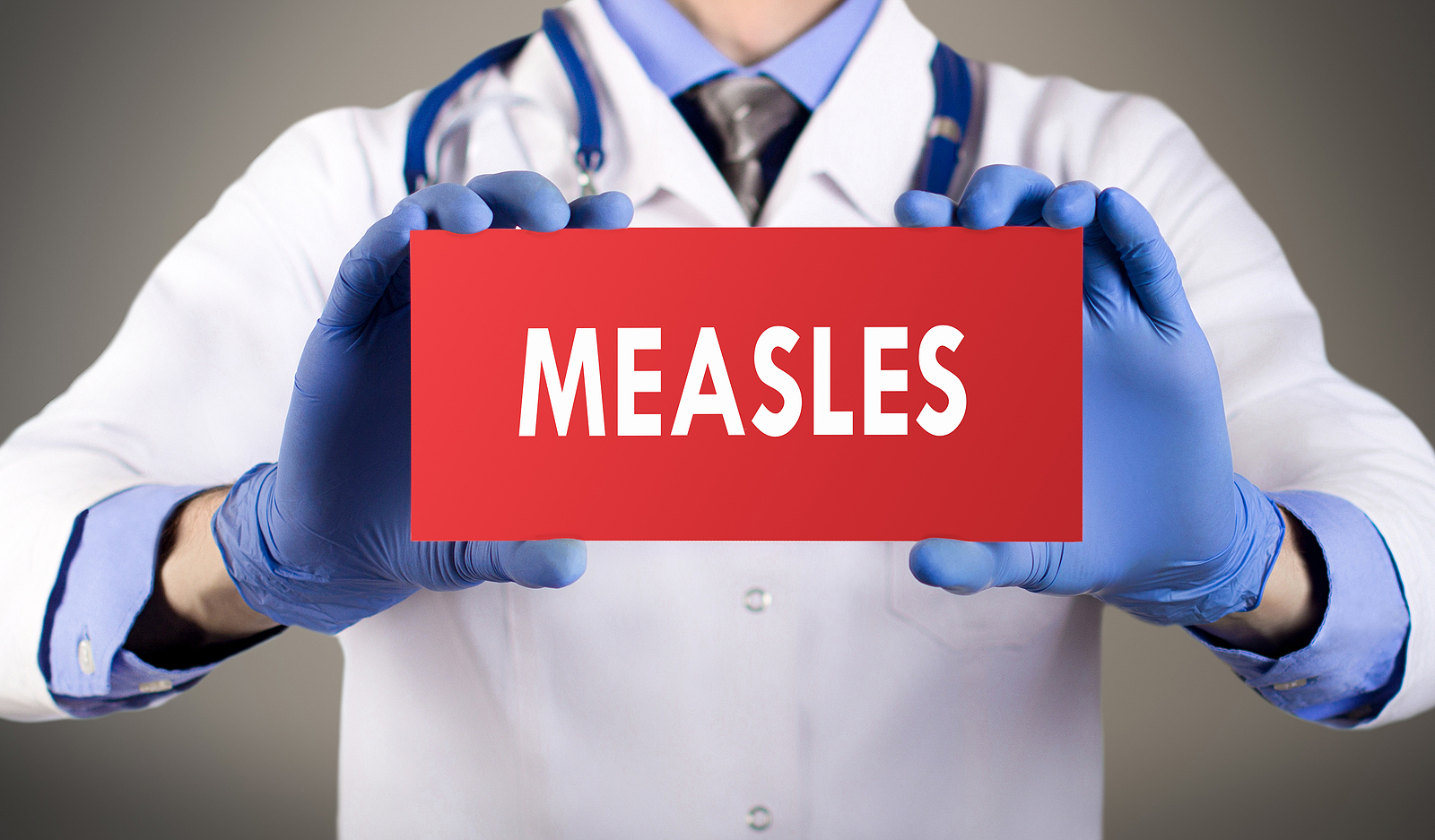HIV/STI Dashboard
Program Contacts
Alisha Cassady
Epidemiologist
216.201.2000 ext 1642
acassady@ccbh.net
Clarence Williams
Epidemiologist
216.201.2000 ext 1643
cwilliams@ccbh.net
* If you are looking for data that is not on the dashboard, please submit a data request located at the top of the page.
HIV and syphilis in Cuyahoga County
Three populations that are disproportionately impacted:
- Men who report male-to-male sexual contact (MSM)
- Black and Hispanic MSM
- Residents under the age of 30
Chlamydia and gonorrhea
- Females between the ages of 18-29 are disproportionately affected
- In recent years, there has also been an increase in the number of infections in those under 18 years of age
Neighboring counties (Ashtabula, Geauga, Lake, Lorain and Medina)
- White males under the age of 30 make up the highest number of new HIV and syphilis cases
- White females ages 18-29 make up the highest number of chlamydia and gonorrhea cases
Factors affecting overall health and well-being of populations that are at highest risk
- Discrimination
- Homophobia
- Racism
- Stigma
Factors that directly and indirectly increase risk for HIV and STI
- Poverty
- Limited access to quality health care
- Lack of education about preventing HIV and STI
- Housing issues
Addressing these social and structural barriers to optimal health and encouraging safe and supportive communities can help improve health outcomes for populations at highest risk.
More information about how social determinants of health affect HIV and STI
AHEAD: America’s HIV Epidemic Analysis Dashboard
Epidemiological / Case Data
- Case data includes probable and confirmed cases of HIV, Syphilis, Chlamydia, and Gonorrhea
- Data Source: Ohio Disease Reporting System (ODRS)
- Sex: refers to the sex of a client that is reported in ODRS. In some instances, Sex could indicate sex assignment at birth or current gender identity
- Race: Other Race includes those who classified race as “Other”
- Ethnicity: The United States Office of Management and Budget specifies that race and Hispanic origin (also known as Ethnicity) are two separate and distinct concepts. Clients who report themselves as being Hispanic/Latinx can be of any or multiple races
- Some information about cases may be classified or unknown because it was not provided or case was lost to follow-up.
- True burden of disease in the county may be unknown due to lag in reporting or incomplete reporting
- Priority populations represent demographics of cases who are disproportionately affected by an illness
- HIV and STI case data are updated annually.
HIV Care Continuum Data
- Data is extracted from CAREWare, the database platform for the Ryan White Part A program at CCBH
- Please see care continuum explanations and definitions in the Methodology tab of the care continuum dashboard
- Race, Ethnicity, Gender and Risk factors are based on self-report at the time the client is enrolled into Ryan White services
- Filters are based on priority populations of interest in HIV care
This dashboard was developed by the Epidemiology, Surveillance and Informatics (ESI) Service Area in conjunction with the Ryan White Part A, Ending the HIV Epidemic (EHE), and HIV Prevention programs at CCBH. The dashboard provides visualizations of HIV/Sexually Transmitted Infections (STI) epidemiological data and HIV care continuum data for Region 3/Cleveland Transitional Grant Area (TGA) – Ashtabula, Cuyahoga, Geauga, Lake, Lorain and Medina counties.



